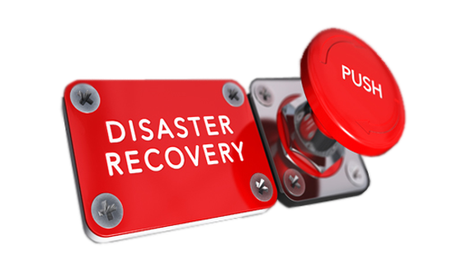Disaster Recovery
For small-to medium sized businesses, disaster recovery means the security planning that documents the processes and procedures they will take to protect (and quickly restore) their business processes and/or IT infrastructure following a catastrophic natural such as a fire, or man-made event, such as employee malice or neglect.
Technology experts agree that operating without a disaster system can be more costly and inconvenient than investing in the necessary planning and protection. Especially in the case of a real disaster. A disaster recovery plan is like insurance. You’ll never need it until you really, really need it.
Some businesses will find excuses for avoiding the work involved in setting up a disaster recovery plan. Often, these excuses are rooted in the misconceptions that surround disaster recovery. Here are a few:
Disaster Recovery is Only for the Big Guys: Back in the days when the business world was only beginning to digitize their business practices, this may have been true. But any IT professional will tell you that those days are gone. Today, disaster recovery and storage costs are down, while the quantity and quality of solutions and options are increasing. As such, many of the barriers to affordable, reliable disaster recovery that small and medium sized businesses faced have effectively been removed.
Disaster Recovery is Costly and Complex: Back in the days before businesses were moving much of their business workflow to the cloud, and when data, software and hardware all needed to be kept on site, that was the case. But today, most (if not all) managed service providers leverage the latest cloud-based technologies. Current cloud-based disaster recovery solutions can be simple and cost-effective enough to be considered for use at even the smallest organization.

Backing up your data should be a regular and automated process. It’s not terribly complicated. But in the case of a disaster, retrieving and applying that data in order to rebuild or maintain your businesses’ integrity can be complicated. It takes foresight, and a disaster recovery plan can help to restore data, applications and services quickly, and with minimal downtime.
By foregoing the development of a disaster recovery plan, you may be exposing your company to potentially disastrous consequences. For more information on how Capital Business Systems can help you build a disaster recovery plan, contact us today.
Return to the Tech Trends Newsletter